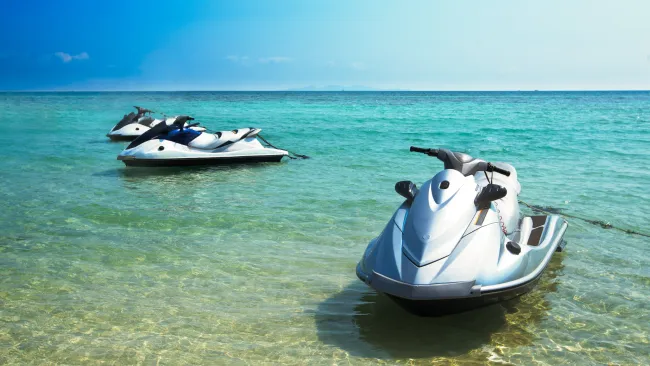A U.S. warship's Facebook post hinted at an encounter last month with Chinese and Russian naval vessels near Guam, the American military hub in the Western Pacific Ocean, but the reference was later removed.
In a video shared on Tuesday, the Arleigh Burke-class guided-missile destroyer USS Rafael Peralta was seen returning to Japan's Yokosuka naval base, its home port, following an extended summer patrol.
The 9,700-ton destroyer arrived at the base the previous day, according to ship spotters, and its post offered the only indication as to the range of July's joint naval maneuvers by China and Russia, whose ships were said to have sailed together for over 4,800 nautical miles.
The Peralta is assigned to the Destroyer Squadron 15, the U.S. Navy's largest, consisting of nine Arleigh Burke-class vessels forward-deployed to Yokosuka. The squadron is the U.S. Seventh Fleet's principal surface force in the Western Pacific and Indian Oceans.
The warship's official Facebook page said it conducted a freedom of navigation operation in the South China Sea, held joint exercises with U.S. treaty ally Japan, and "protected Guam during Chinese and Russian deployments in the area."
Photos released by the Navy showed the Peralta in the South China Sea in early May, before joining Japan's Maritime Self-Defense Force in the Philippine Sea in mid-June. On July 18, the destroyer called at Guam before returning to Yokosuka.
The caption did not provide further details, but it was edited after Newsweek inquired about the nature of the apparent encounter at sea. The Navy did not immediately respond to requests for comment about the change.
China and Russia did not disclosure the exact route of their fourth joint maritime patrol, but said the four-ship formation transited parts of the Western and Northern Pacific Ocean for 15 days, according to separate announcements.
The patrol covered 4,800 nautical miles, the Russian navy's Pacific Fleet said. Ships from both sides met in the East China Sea south of South Korea's Jeju Island, before entering the Philippine Sea via the Osumi Strait near Japan's southwestern islands, according to the Japanese military.
The Chinese Defense Ministry later said the flotilla sailed southward in the Western Pacific and returned to the South China Sea via the Balintang Channel, which lies between Taiwan to the north and the Philippines to the south.
Neither China nor Russia mentioned any approach near Guam, but the distance of the patrol suggested their warships could have reached the island's surrounding waters. Guam is the U.S.'s westernmost point and territory and home to three major military bases used by the U.S. Air Force, Navy and Marine Corps.
It would not have been the first time that the U.S. military had encountered Chinese and Russian forces near the country's territory. China and Russia sent four bombers into Alaska's air defense zone last month, coming within 200 miles of the U.S. coast.
Earlier in July, four Chinese naval ships conducted freedom of navigation operations in waters north of the Aleutian Islands, inside the U.S.'s exclusive economic zone, which extends 200 nautical miles from the shoreline.
Disclaimer: The copyright of this article belongs to the original author. Reposting this article is solely for the purpose of information dissemination and does not constitute any investment advice. If there is any infringement, please contact us immediately. We will make corrections or deletions as necessary. Thank you.




